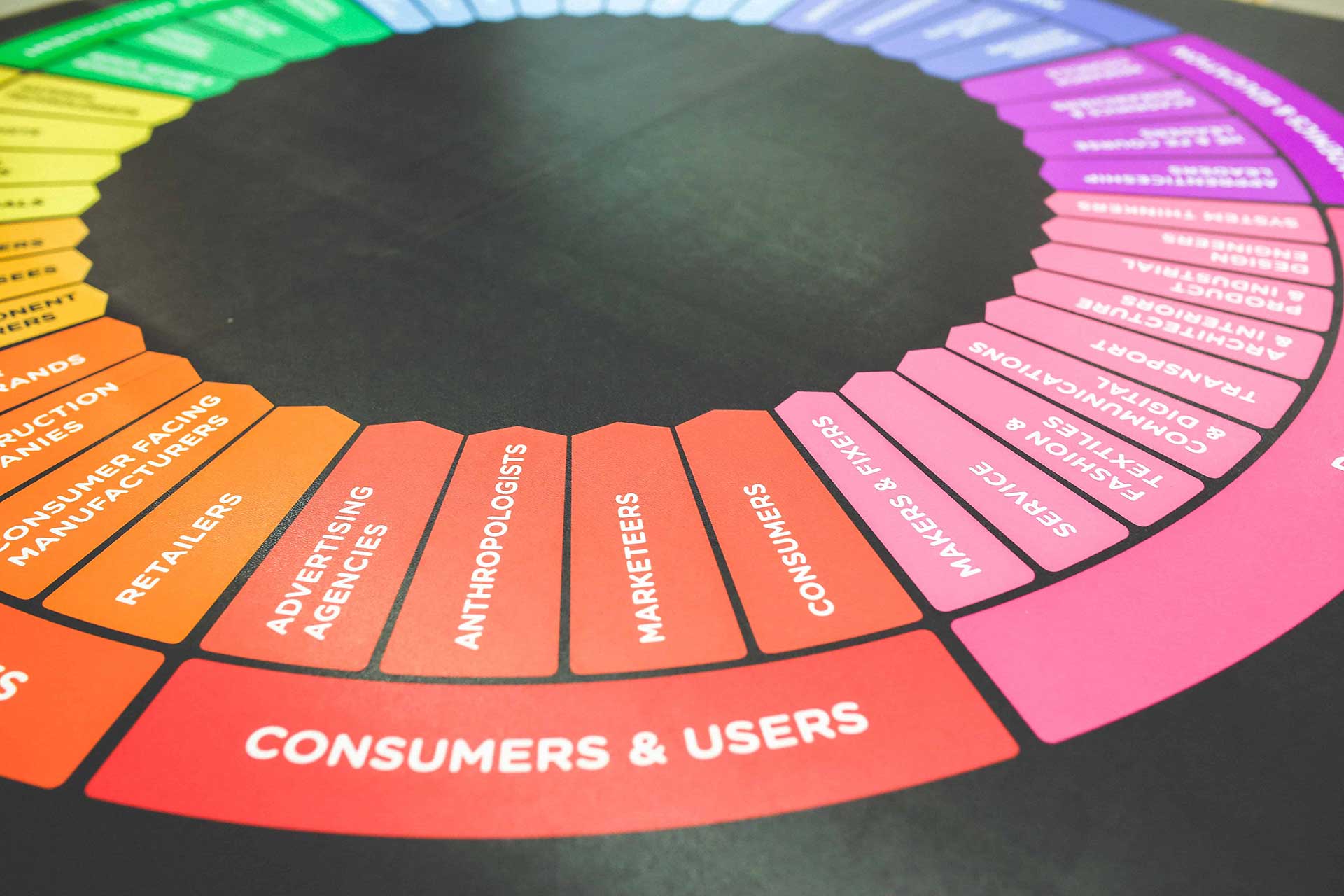Client centricity – putting the customer in control
By Annette King & Jenny Sutton
Highlights
- Insurers have to move from a batch approach to personalisation, to a dynamic real-time mindset and supporting technology so as to engage with their clients in a more contextually relevant manner;
- Being client centric also means abandoning pricing practices which allow the company to win if the policy lapses or is surrendered (lapse-supported pricing); and
- Now is the time to engage with regulators to realign regulations with clients’ interests.
Evolving the culture towards one that puts the client’s perspective first in every design decision and operational activity is critical to being client centric. However, that is just the start.
New skills and capabilities as well as new or transformed products and processes are required to operationalise the client centricity intent.
New skills and capabilities required
Capabilities that enable organisations to be client-centred include:
- deep market research
- clarity of strategic client segments
- organisation-wide understanding of the target segment’s client personas
- experience (not just product) design
- analytics and the ability to operationalise the resulting insights
- agile digital development and mastery of social media
- operational process improvement.
Recognition and incentives also need to align, to focus on a client-centred way of doing business, no longer just on sales, financials, risks and employees.
Lemonade, the new entrant in the New York landlord/renters insurance market is probably the first insurer to have a behavioural economist on the executive team. It should not be the only one.
Real-time personalisation
Despite all the hype around Big Data, few insurers have been able to generate and operationalise insights from client-related data. One-off marketing campaigns, even if they include a level of targeting, are not the same as personalising each client’s experience – whether it is what they see on the website, how they are addressed by a call centre representative, what tone is used for written communications, or what product is offered to them.
This inability is due firstly to the failure to record relevant client data – data collected during underwriting is not systematically stored electronically. Advisers’ observations are not incorporated into the corporate view of the client. And there are few opportunities to add more attributes to the client’s profile as products and channels limit the reasons for the client to contact the insurer.
Secondly, data collected is not integrated into client touchpoints. Existing client facing systems do not allow for the dynamic scripting or curating of the message for the client. In contrast, banks in China are developing technologies that use biometric facial recognition technology at ATMs and branches. This helps with both security and service – the branch staff are provided automated scripts for each client based on whether their facial expression that day is happy, frustrated, rushed or whether they have eyeballed an in-branch advertisement long enough to indicate interest.
Insurers have to move from a batch approach to personalisation, to a dynamic real-time mindset and supporting technology if they want to engage with their clients in a more contextually relevant manner. And they need to do this for all interactions, not just client acquisition.
Service and support are too often the disappointing moment of truth
Insurers bemoan the challenges of having more frequent engagement with the client, and yet they have made it incredibly difficult for clients to contact them. Too many call centres still just operate from nine to five. Some even close at lunch time.
Websites are hard to navigate, require too many clicks, and are not at all personalised. There are often inconsistencies of experience from one country to the next within the same company.
And too many organisations insist that clients switch to the insurer’s preferred channel, rather than responding on the one that the client initiated contact from. Automated email responses, endless call centre menu trees, and the inability to engage with clients over twitter, WhatsApp, WeChat or SMS are just not client centric.
Annual policy statements (whether delivered physically, electronically, or via a website) contain meaningless product codes and confusing information on the portfolio’s performance.
Products must be client friendly and encourage engagement
Communications, and the personalisation thereof, is just one aspect of client centricity. Underlying products must be constructed and have value from a client’s perspective, not just a shareholder’s, or a distributor’s.
Apart from the financial value, the product itself must be easy to comprehend, the client must intuitively understand the benefits, and it must be easy to buy and update, giving the client control.
A fundamental change is required to the product architecture – from a pricing and technology perspective. Typically it costs more than US$1million to launch a product that will sit on the books for 40 years holding the organisation back from constantly refreshing the product set as clients’ needs evolve as life styles change and planning horizons shorten.
Being client centric also means abandoning pricing practices which allow the company to win if the policy lapses or is surrendered (lapse-supported pricing) – any product where it is in the company’s interest not to retain the client cannot be considered client centric.
Regulation is not an excuse
While it is the regulators’ role to maintain financial stability and to protect consumers, many regulators are actively working towards enabling innovation that focuses on better client outcomes.
It is easy for the industry to point to current regulatory barriers, but now is the time to engage with regulators to realign regulations with clients’ interests.
Conclusion
Client centricity cannot be layered onto an existing organisation infrastructure. Clients are not fooled by superficial attempts to win their trust and interest.
Insurers need to reorient their sales and service processes, address regulatory barriers to meeting client needs, and realign all aspects of products, distribution and services to put the client’s interests first. Otherwise, clients will defect to startups and new entrants that do.
Originally Published in Asia Insurance Review Feb 2017
